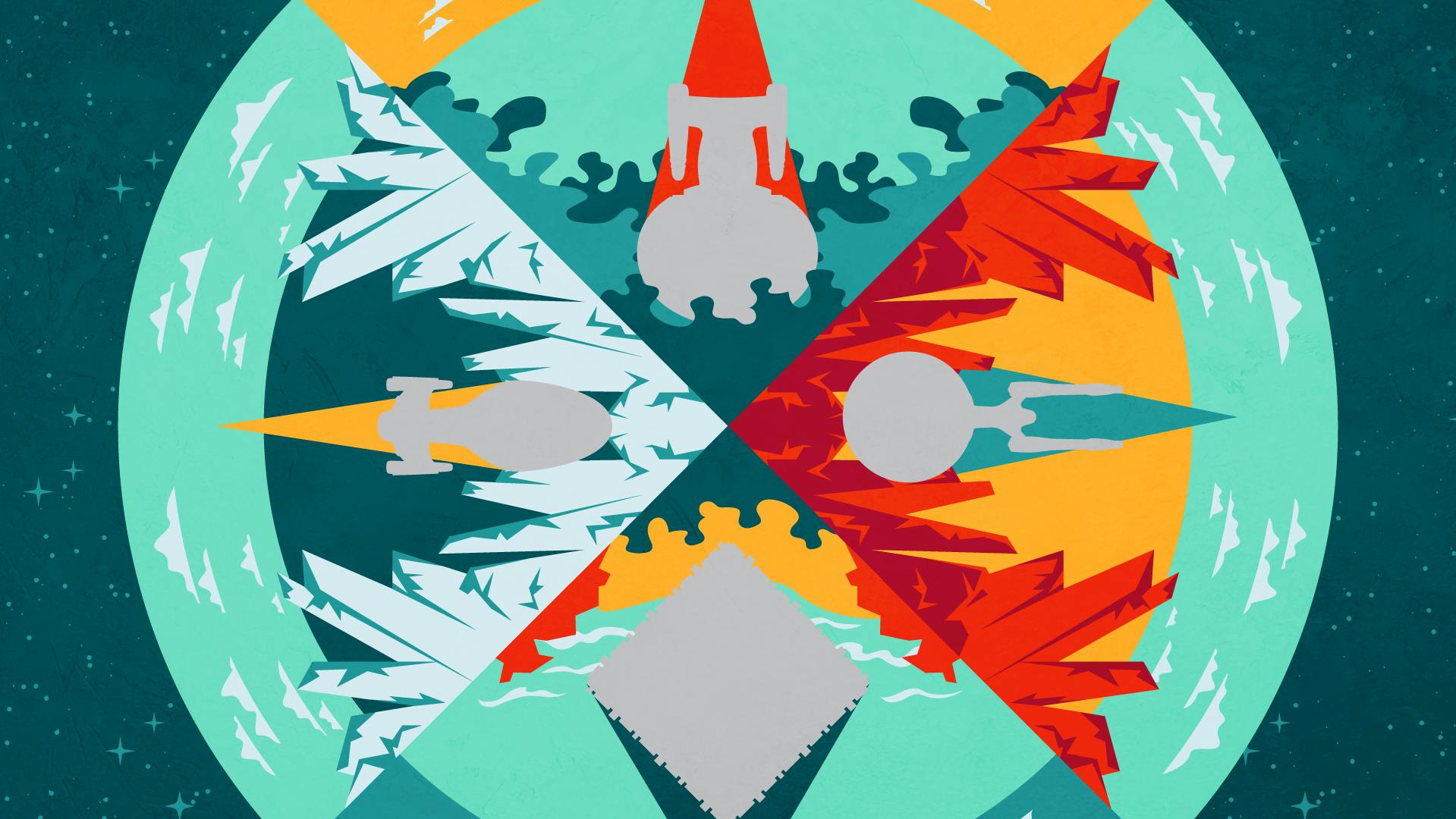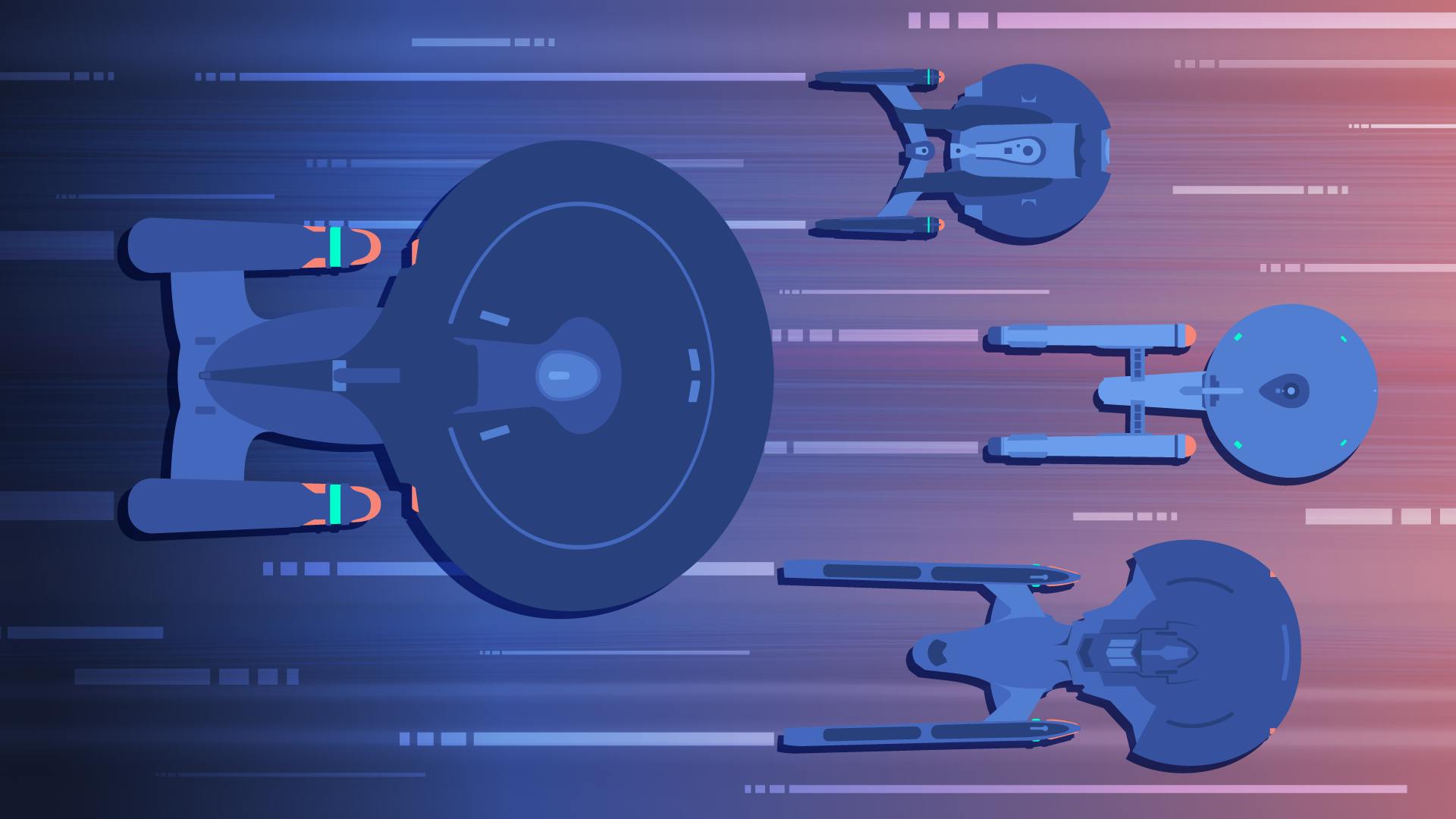Published Jan 24, 2020
RECAP: Star Trek: Picard — Remembrance
Let's break down the first episode of the highly anticipated series.
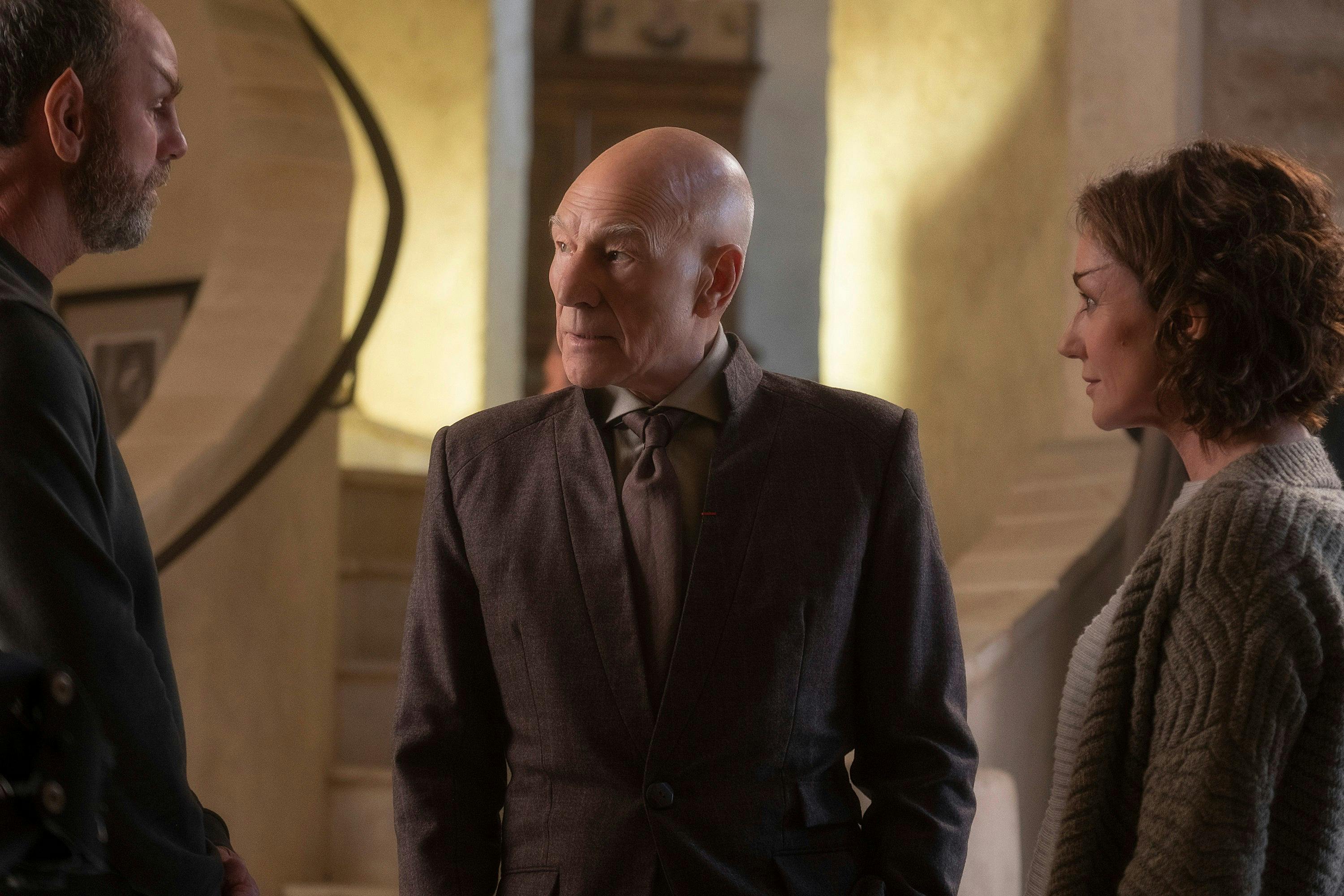
StarTrek.com
This post contains massive spoilers for the first episode of Star Trek: Picard
It’s safe to say that Star Trek: Picard is one of the most anticipated series of 2020, and now the first episode, “Remembrance,” has finally landed. It had a huge job to do, filling us in on two decades of history while also delivering a compelling and emotionally engaging plotline, in addition to introducing new characters. Luckily, it excelled at all those points.
When the episode starts, it’s not clear whether we’re inside a dream or memory, but it soon becomes clear that it’s a little of both. Jean-Luc is playing poker with Data, and in just a few short minutes, we get quite a bit of information. Our beloved captain is still the same man, but he’s aged — his voice shakes a little more than it used to. He may not have the physical strength he once did. Data’s death still haunts him; can we talk about the excellent, tear-inducing line, delivered perfectly by Patrick Stewart?
“I don’t want the game to end.”
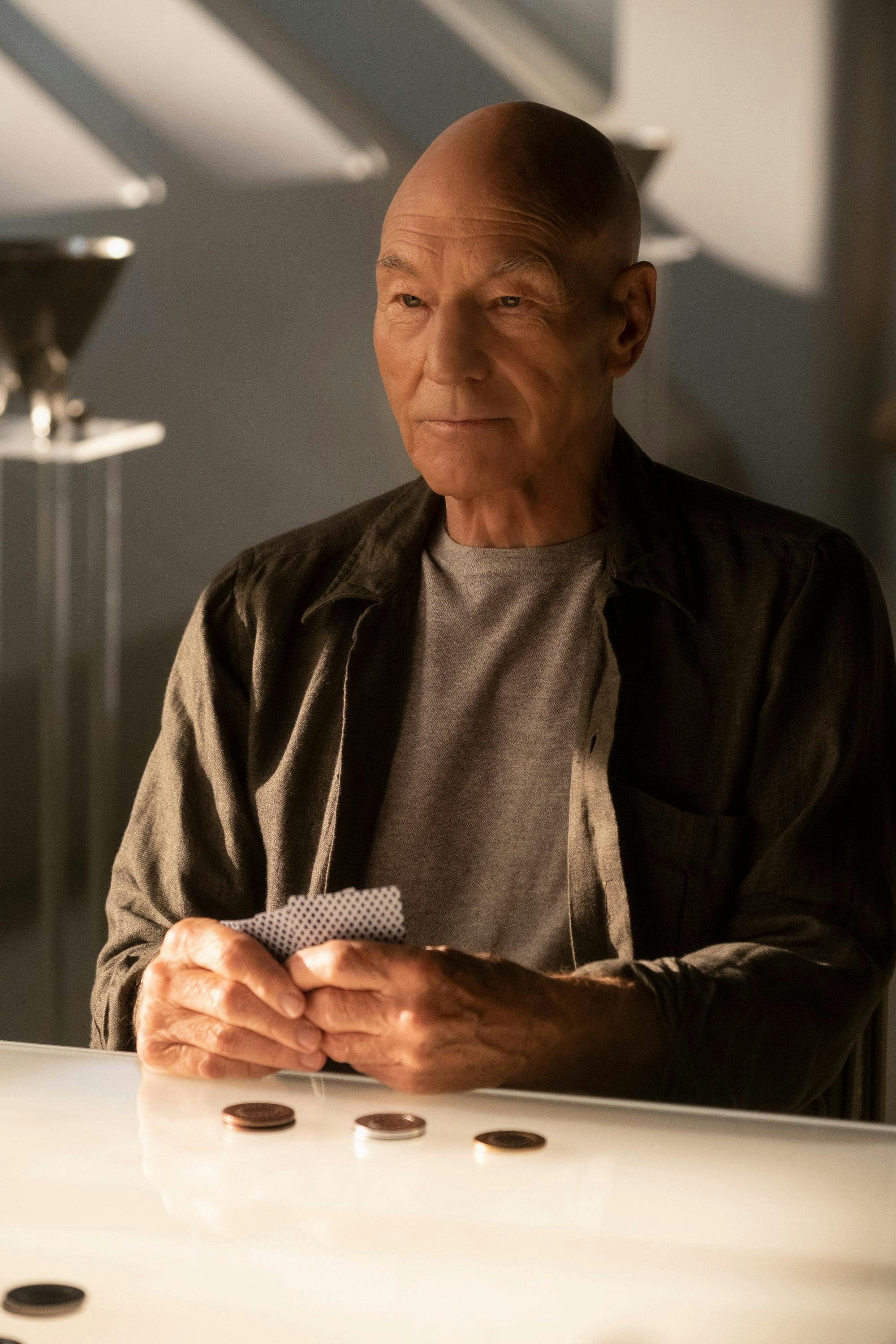
StarTrek.com
Picard awakens with a start after seeing the atmosphere of Mars ignite in his dream, and we’re introduced to his simpler, gentler life: Caring for the vineyards with his trusty pitbull, Number One, by his side. Bantering with his Romulan companions and caregivers Zhaban and Laris (who have been with him for about a decade). Enjoying the dreams of the past, of his found family, and regretting ever having to wake up from them.
This isn’t just any normal day, though. It’s the 20th anniversary of the supernova that turned Romulans into refugees. If you’re wondering where this development came from, it actually stems from the J.J. Abrams Star Trek movie reboot: Spock, played by Leonard Nimoy, was trying to stop the supernova when he was thrown back in time. He failed, and the action created the alternate “Kelvin” timeline. While Picard takes place in the Prime timeline of the Star Trek television shows, the producers and creators chose to honor that event by introducing it in the canon we know.
Meanwhile, we meet Isa Briones’s character, Dahj, who has quite a bit of mystery around her in the teasers and trailers. She’s an expert in artificial intelligence and has been accepted into the Daystrom Institute. Now we know why she was so scared in the previews: Her boyfriend was murdered in front of her eyes, and she defended herself (or “activated”) without understanding how or why she did so. It’s enough to mess with anyone’s mind, and so she goes on the run. (As an aside, her boyfriend’s species, the Xahians, were introduced in Star Trek: Discovery and Short Treks).
As Laris talks to Jean-Luc concerning the interview he’s about to do to coincide with the Romulan supernova anniversary, it becomes clear that there are serious issues here. Zhaban assures Picard that he’ll get no questions about his “separation” from Starfleet, and Laris admonishes him to remember who he is and what he did. “Be the captain they remember,” says Zhaban.
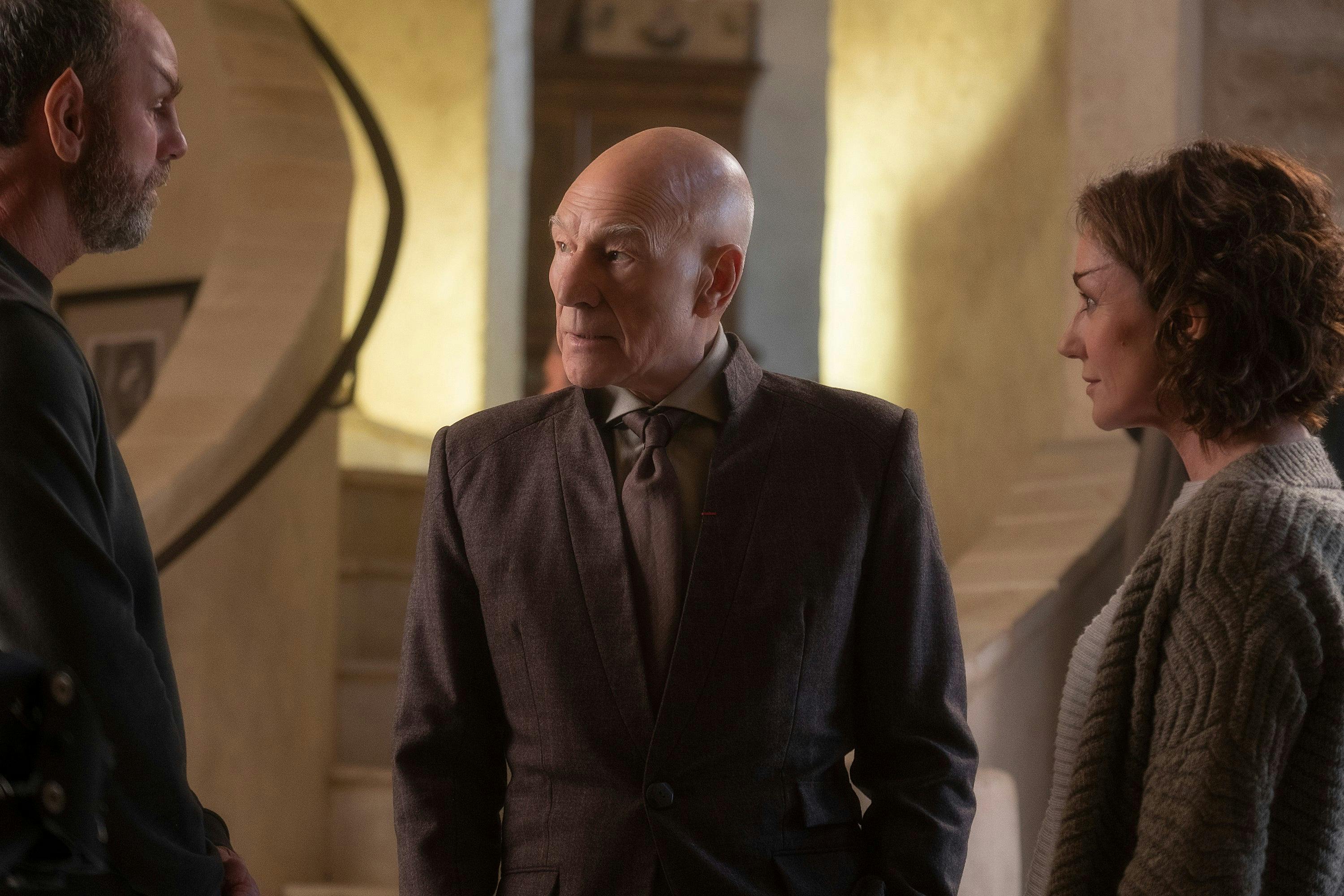
StarTrek.com
What is that Picard did? We don’t have to wait long to find out — it turns out the interview is much more adversarial than anyone might have hoped for (but it serves as a perfect, quick way to bring longtime fans and those new to the franchise up to speed). After the supernova, the Romulans asked for help in relocating, and Jean-Luc left the Enterprise to oversee the rescue efforts. It seems that the relocation didn’t have full support because many saw the Romulans as enemies (watch The Next Generation episodes “The Defector” and “Face of the Enemy” for more background on this historical relationship). It’s an interesting parallel to the end of hostilities between the Klingon Empire and the Federation, as seen in Star Trek: VI: The Undiscovered Country — the explosion of a Klingon moon had drastic negative effects on their homeworld, and they could no longer afford to maintain an adversarial relationship.
Things didn’t quite go as planned for Picard, though. A group of rogue synthetic life forms (called “synths”) attacked Mars, destroyed the rescue fleet, and killed almost 100,000 people (the Short Trek “Children of Mars” fills in a bit of this background). Not only did this lead to a ban on artificial life, but Starfleet called off the rescue efforts. Jean-Luc vehemently disagreed with both points (“It was downright criminal!”), and ended up resigning his commission.
This is a lot of exposition in a very short amount of time, and it’s a testament to the talent of the writer’s room and Patrick Stewart’s performance that it doesn’t feel overwhelming. Dahj sees the interview and seeks out Picard at his Labarre, France vineyard. But before either of them can get any answers, she disappears.
It’s another dream featuring Data, this time in a The Next Generation-era uniform, that leads Jean-Luc to remember where he’s seen Dahj’s face before. He takes a trip to San Francisco, to the Starfleet Archives, which is basically his own personal museum. (Did anyone else tear up when they saw the Captain Picard Day banner that he saved? So many of the items here have such meaning!) It turns out Data painted Dahj’s face two decades ago on a painting called “Daughter.”
We know Data always wanted a daughter — The Next Generation episode “The Offspring” told us that much. But if Dahj is Data’s daughter, how is that possible, considering he’s been dead for so long? We don’t have much of a chance to find out because though Dahj tracks Picard down again, Romulan attackers manage to kill her before Jean-Luc can find answers. It’s an incredible scene, especially the moment where Picard pauses on the stairs to catch his breath — a small signal that while this is the great captain we remember, time has taken its toll.
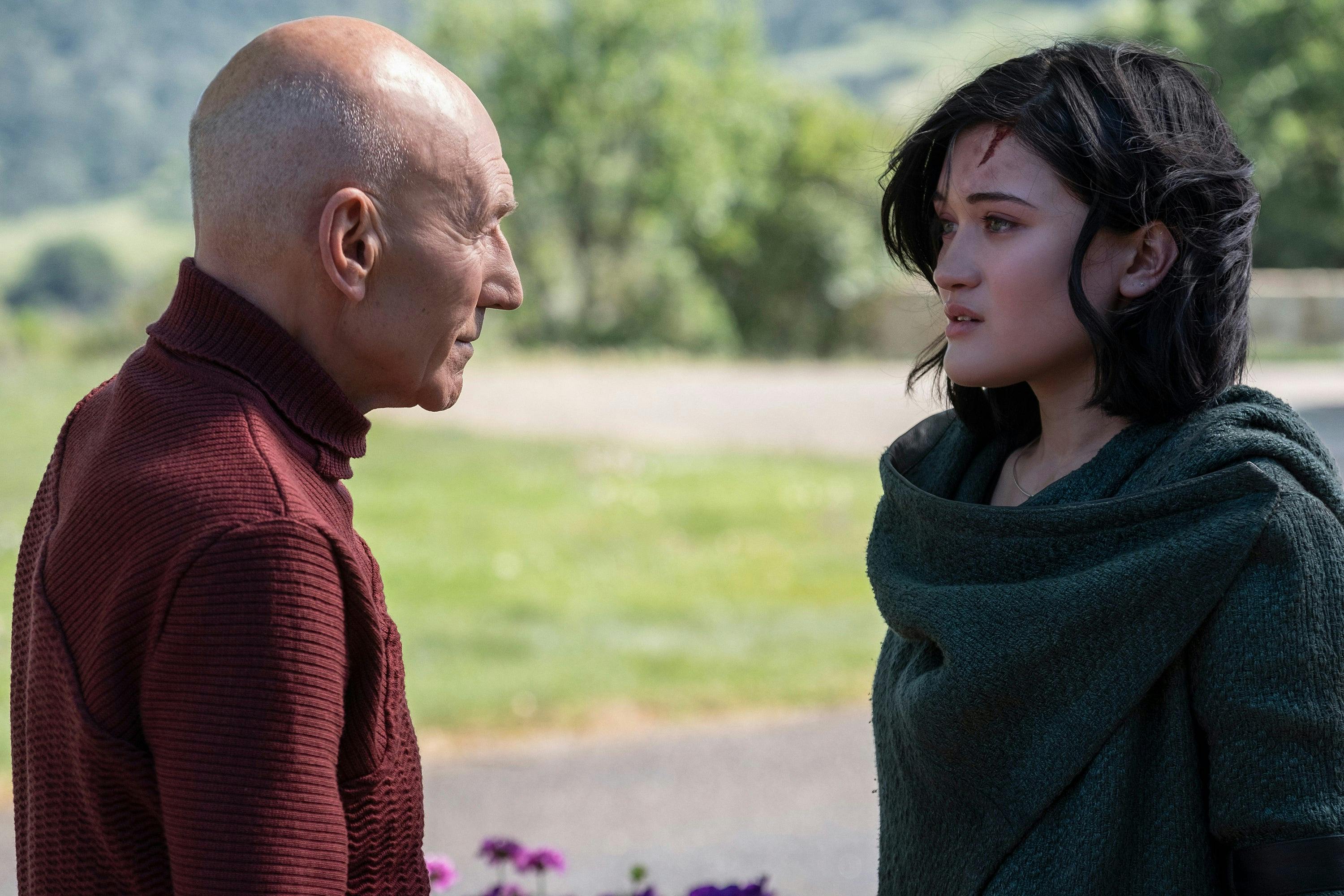
StarTrek.com
It’s clear that this isn’t the end of the story — after all, there’s an entire season ahead of us. Jean-Luc heads to the Daystrom Institute in Okinawa, where he meets with Dr. Agnes Jurati, played beautifully by Alison Pill (and who is incredibly good at delivering the technobabble we love in a smart and meaningful way).
It turns out that it is possible that Dahj was a flesh-and-blood android and that she was likely cloned from Data’s neural net, the technology for which no one has been able to duplicate. The dismantled android we see in the scene is the B4, an earlier version of Data introduced in the film Nemesis (you can also watch The Next Generation episodes “Datalore” and “Brothers” for more on Data’s development). A scientist named Bruce Maddox, who initially was intent on dismantling Data to study him (check out the TNG episode “Measure of a Man”) and later became something of a friend to him (as we see in “Data’s Day), may have used a technique called fractal neuronic cloning, which might have also preserved Data’s memories, to create Dahj.
The kicker? These androids would have been created in pairs — so somewhere out there, Dahj has a twin named Soji. And apparently she’s working at a Romulan reclamation site that also is a Borg cube.
There are so many questions here. Why are the Romulans interested in the Borg? What are they doing aboard this cube? What are the Romulans doing, period? Were they responsible for the attack on and murder of Dahj? Where is Bruce Maddox? Did he create Dahj and Soji? Do Data’s memories still exist? Can he somehow be resurrected? Is there more to the story of Jean-Luc’s departure from Starfleet than what we’ve been told? Why did the synths go rogue and attack Mars and the rescue fleet?
The first three installments of Star Trek: Picard constitute the opening act of this 10-episode series, and it’s clear that there’s a lot of setup still to come. We haven’t met some of the major characters yet, and it’s clear there’s a Borg connection that we still don’t understand — could Borg technology have been used to create Dahj and Soji? Whatever the writers have in store for us, this premiere was stellar and I am one hundred percent along for the ride.

